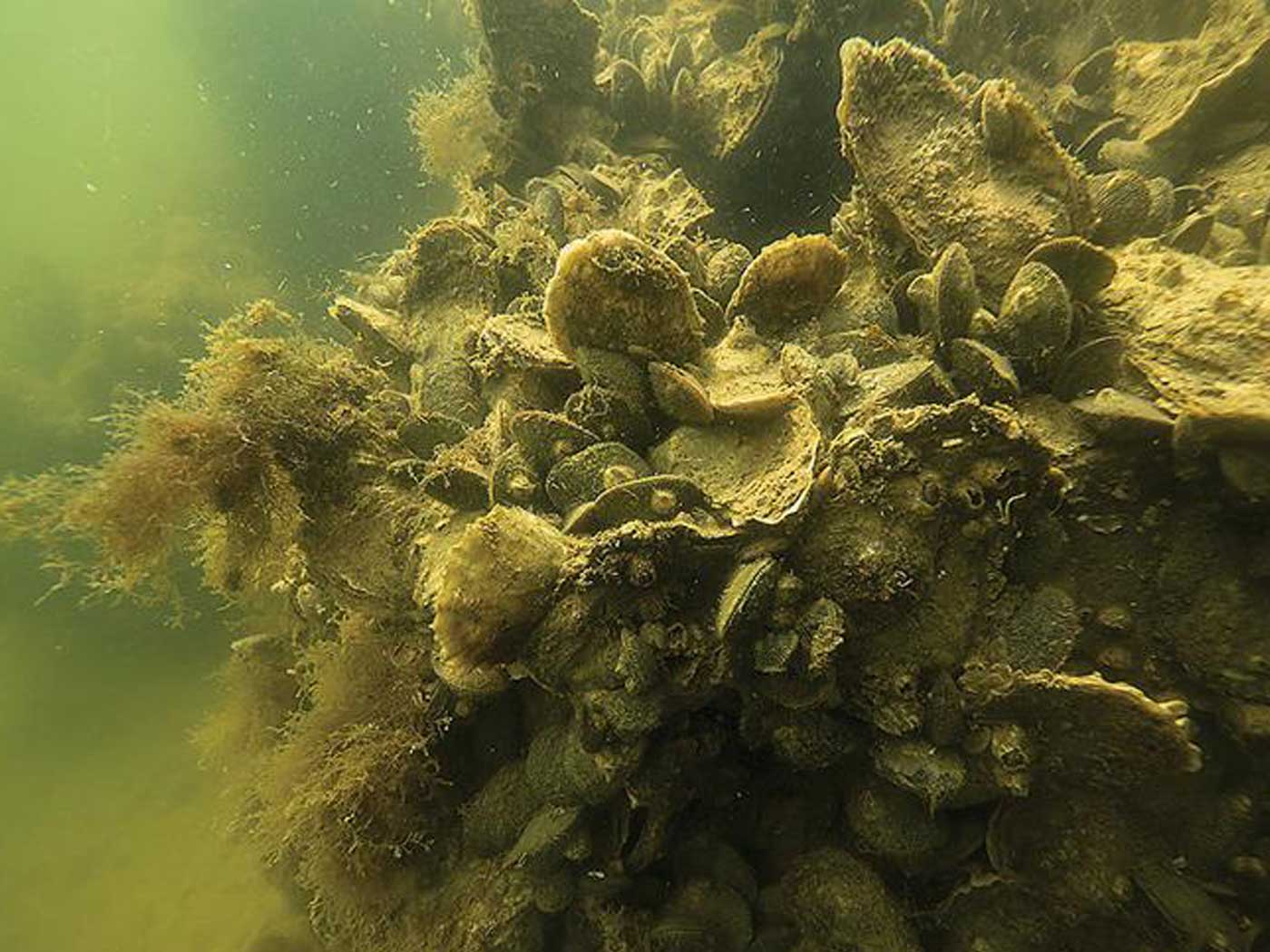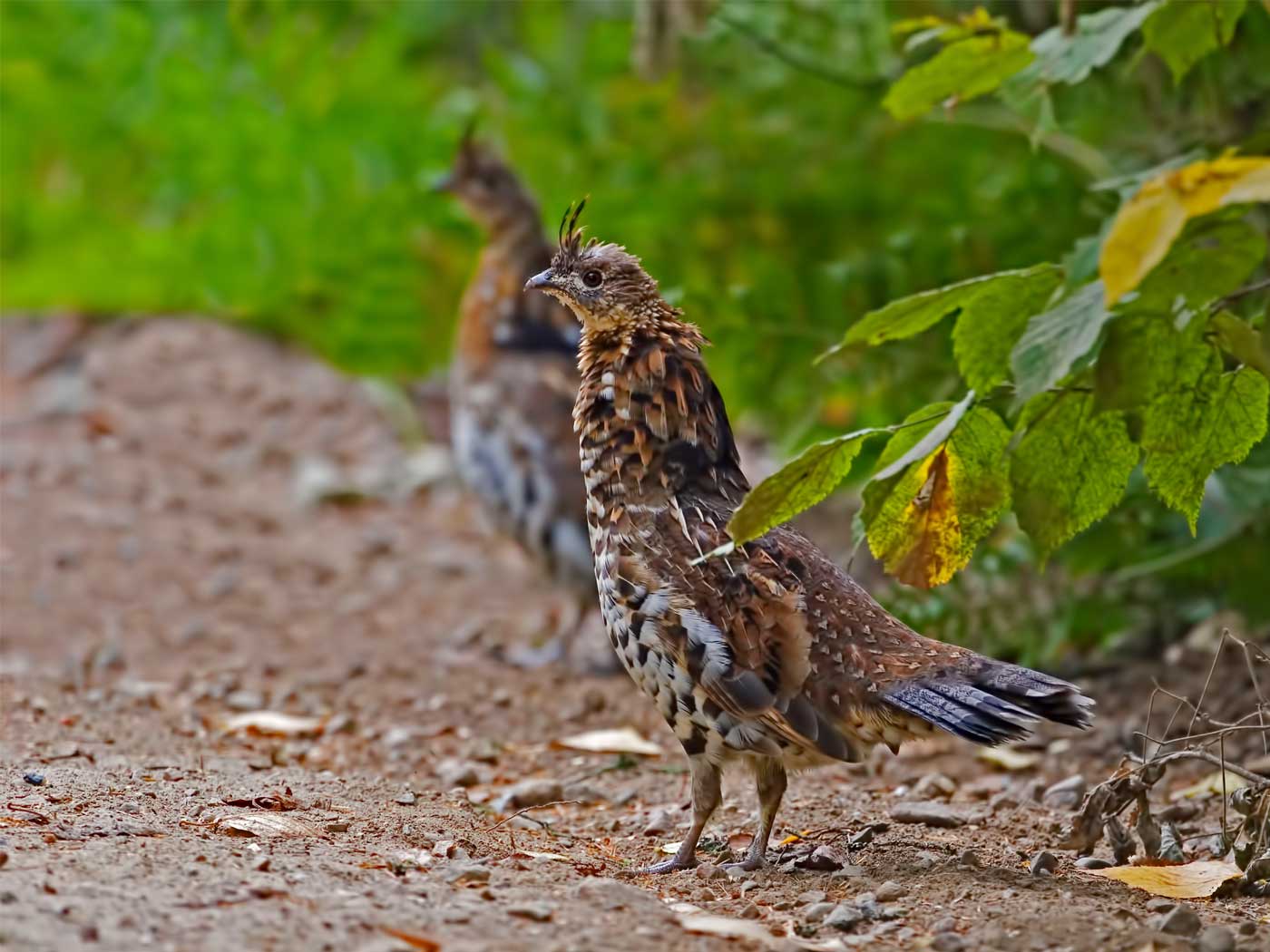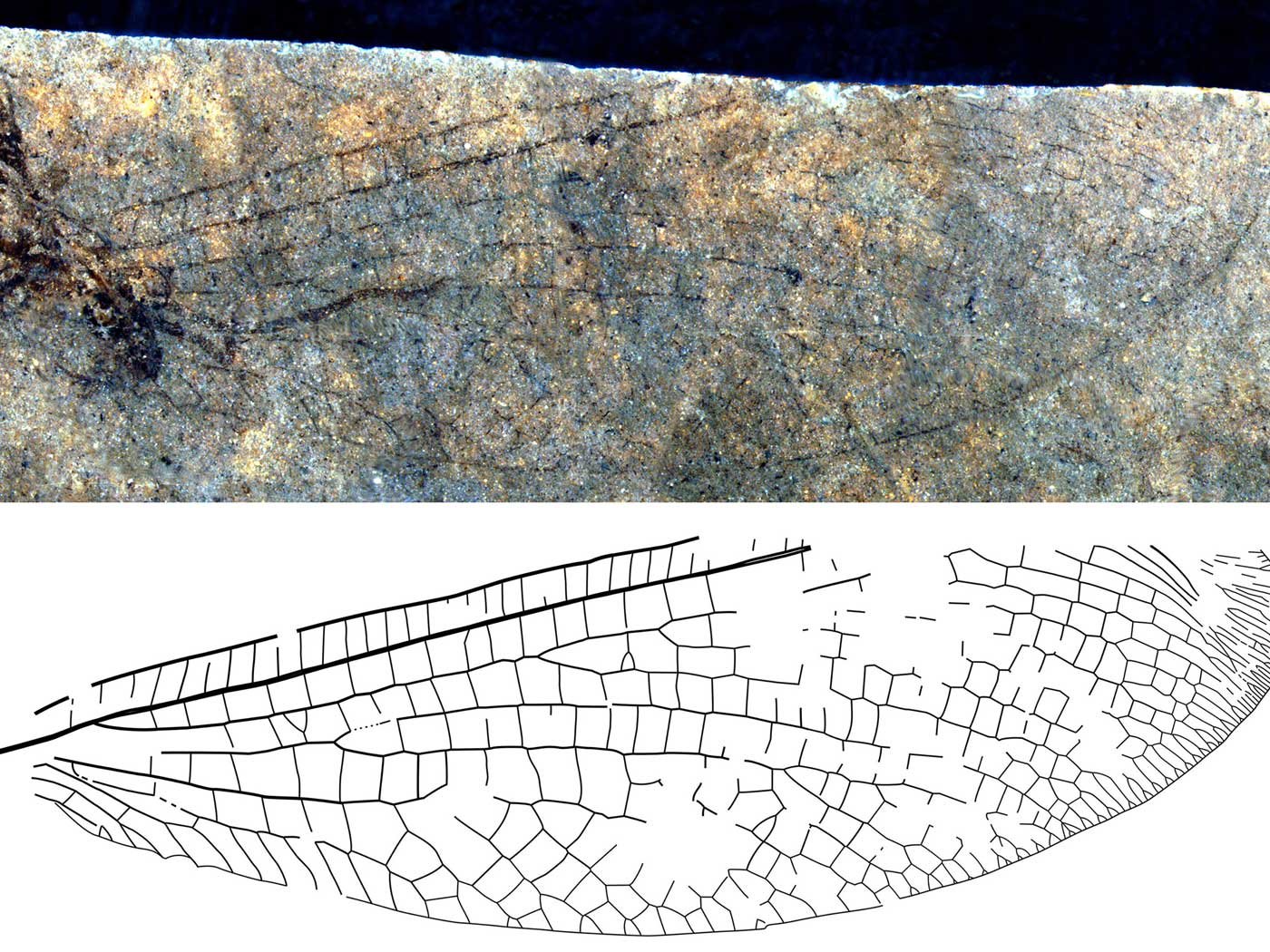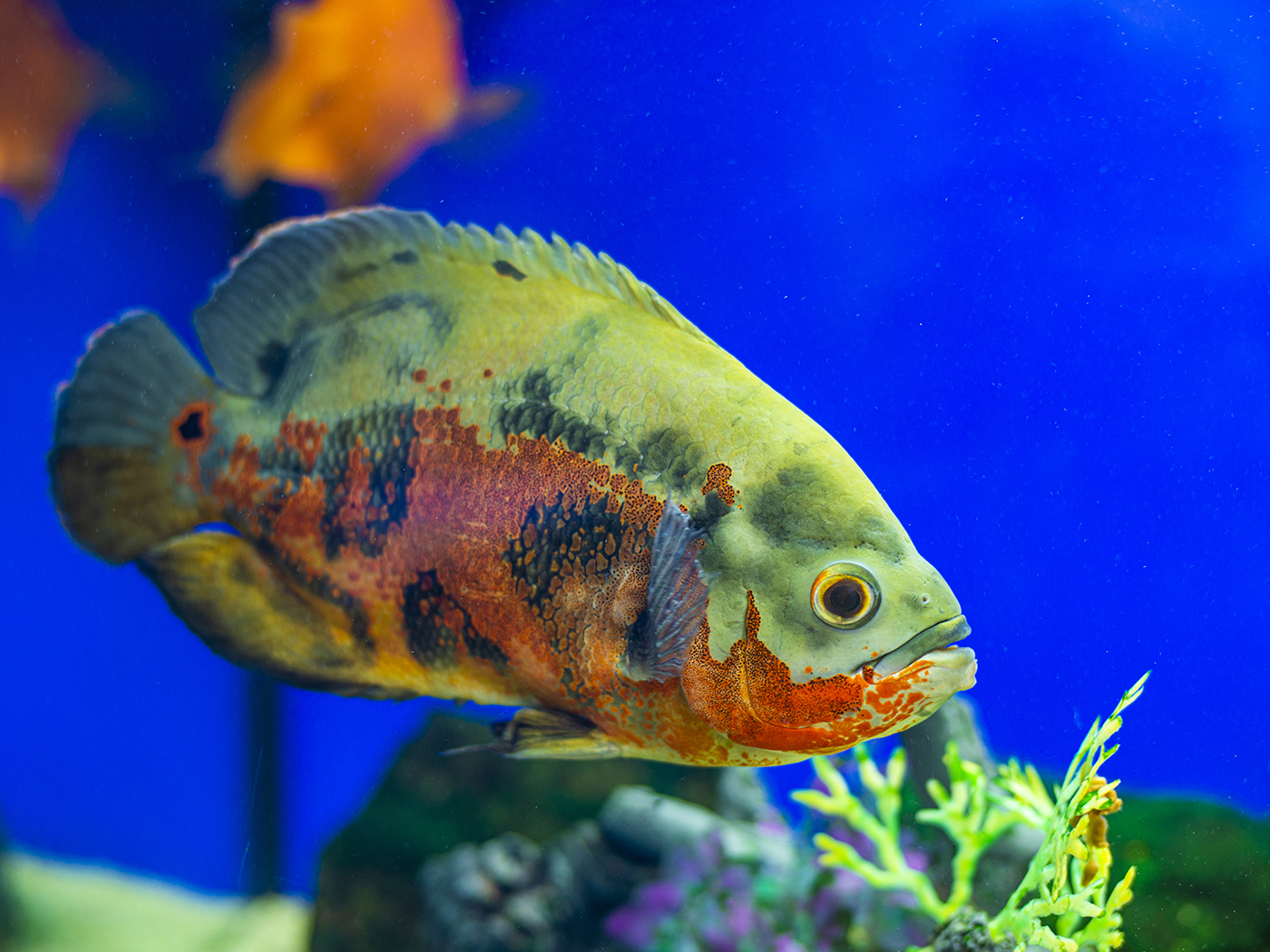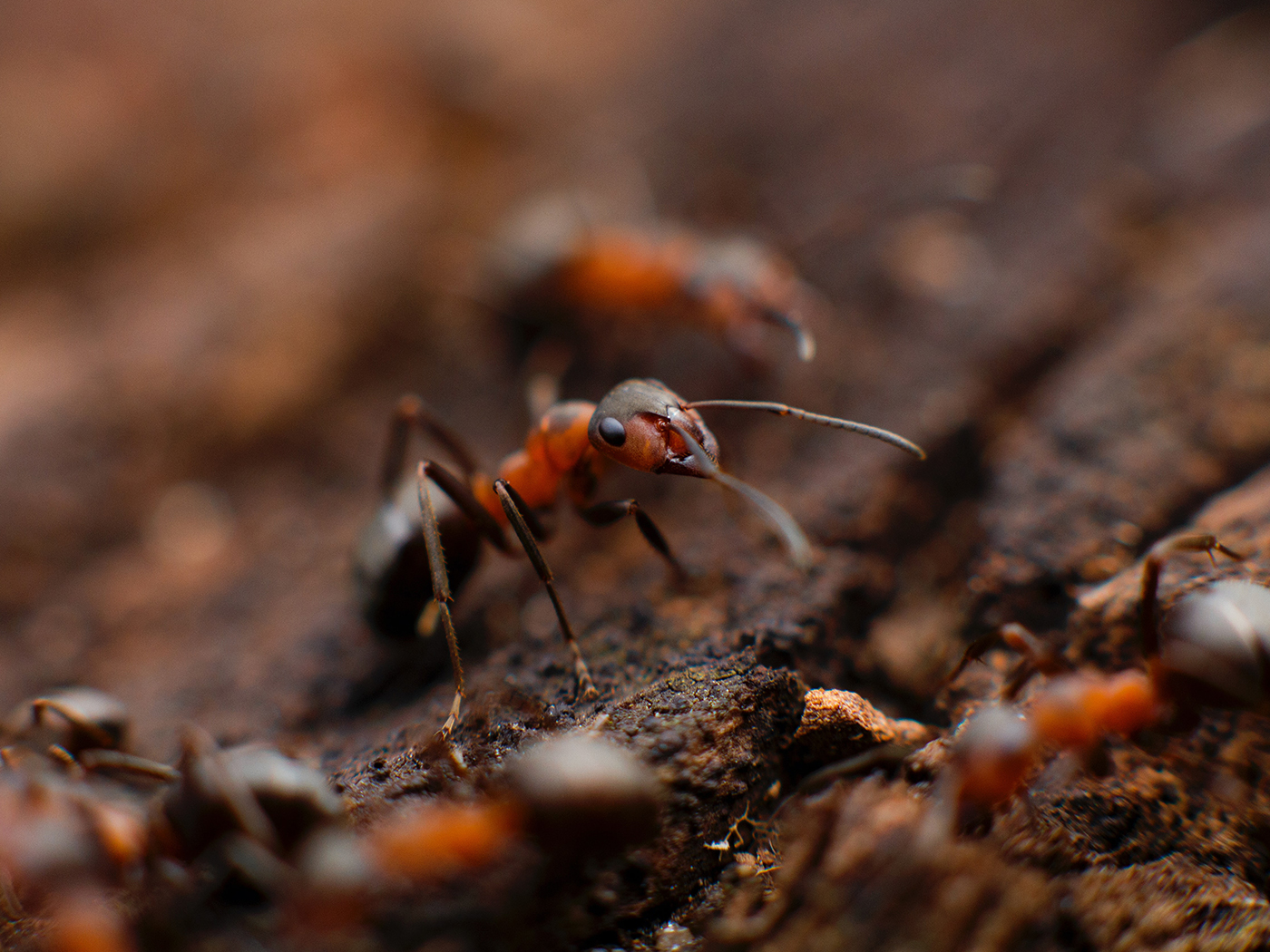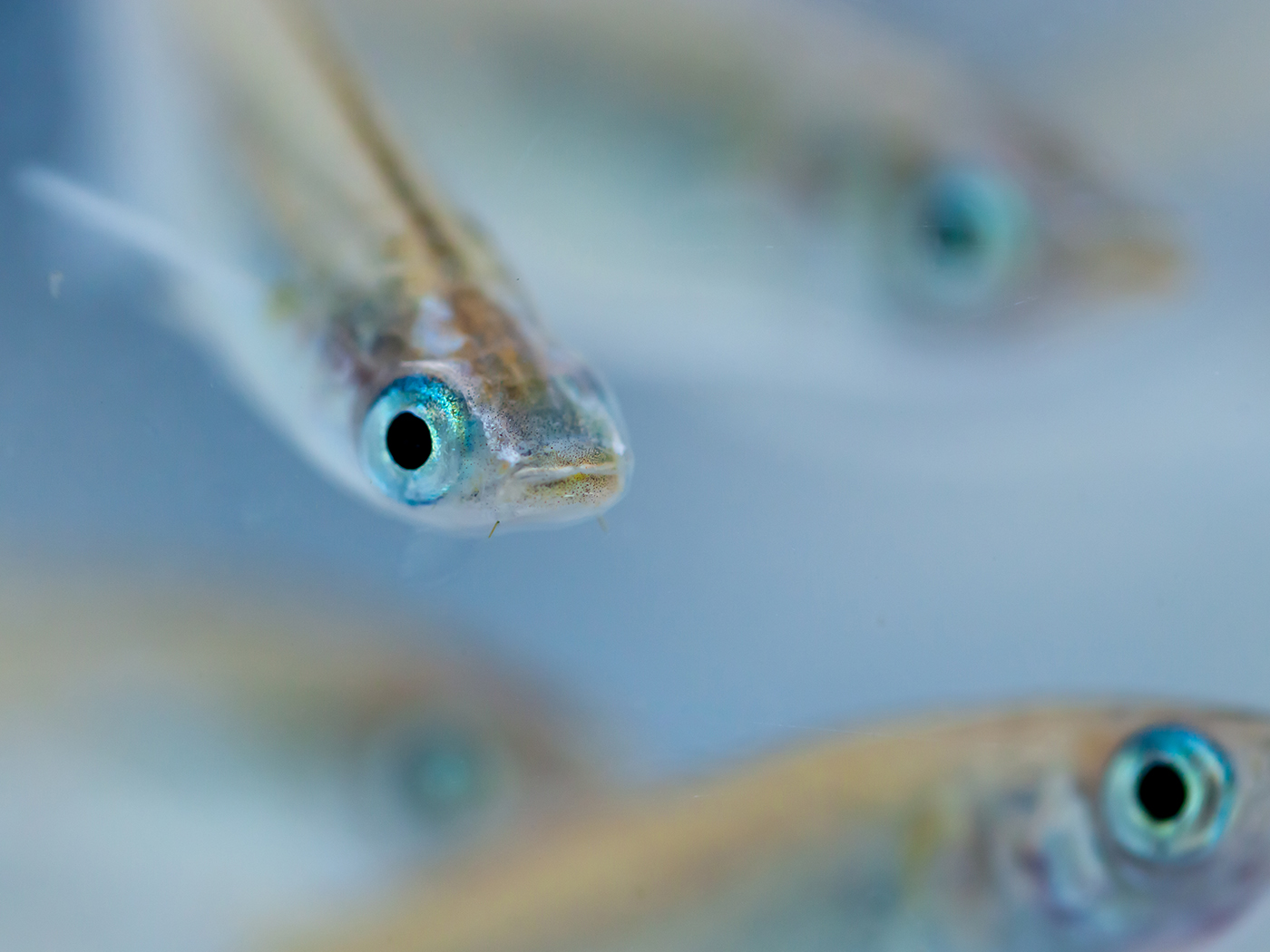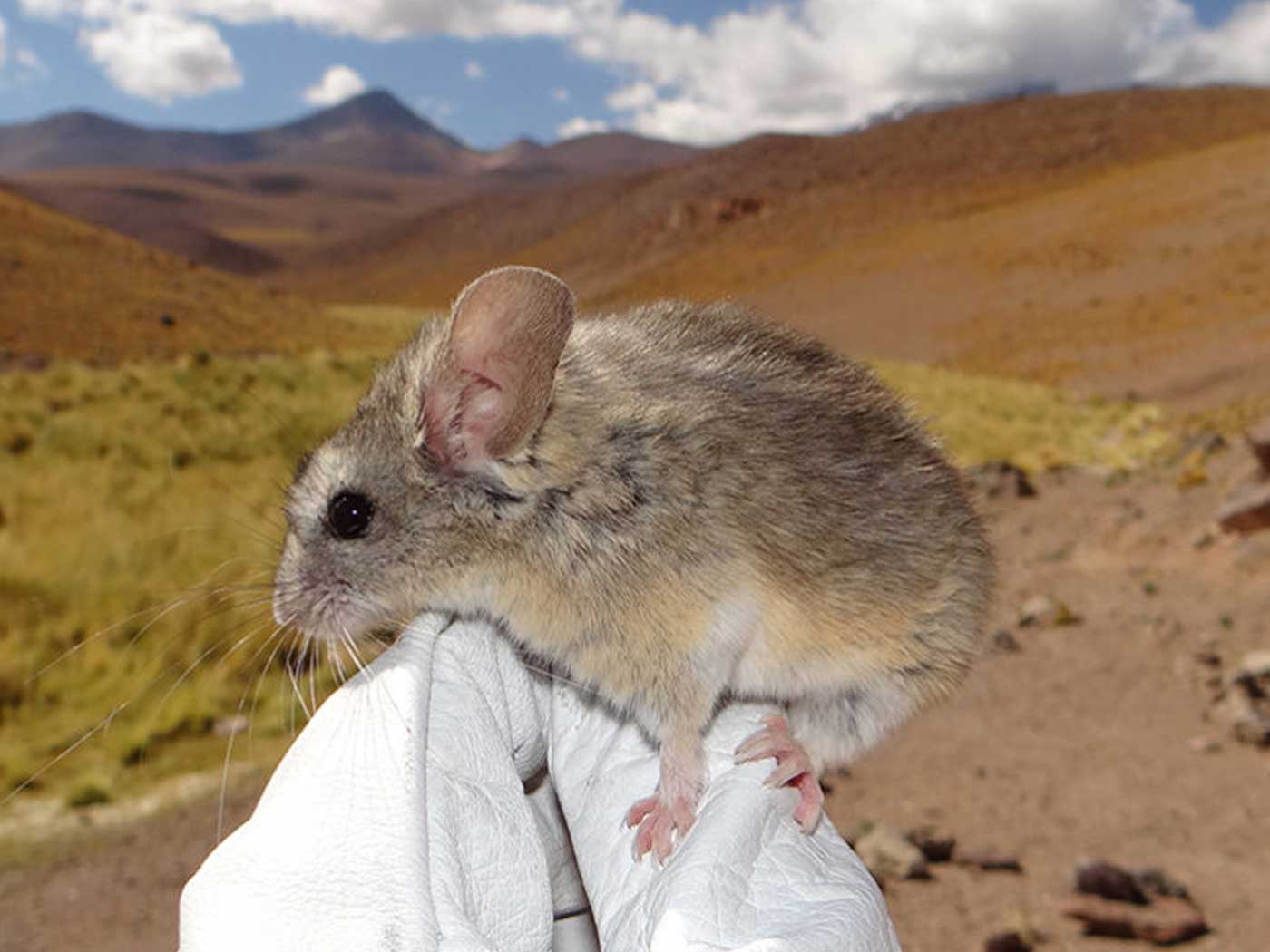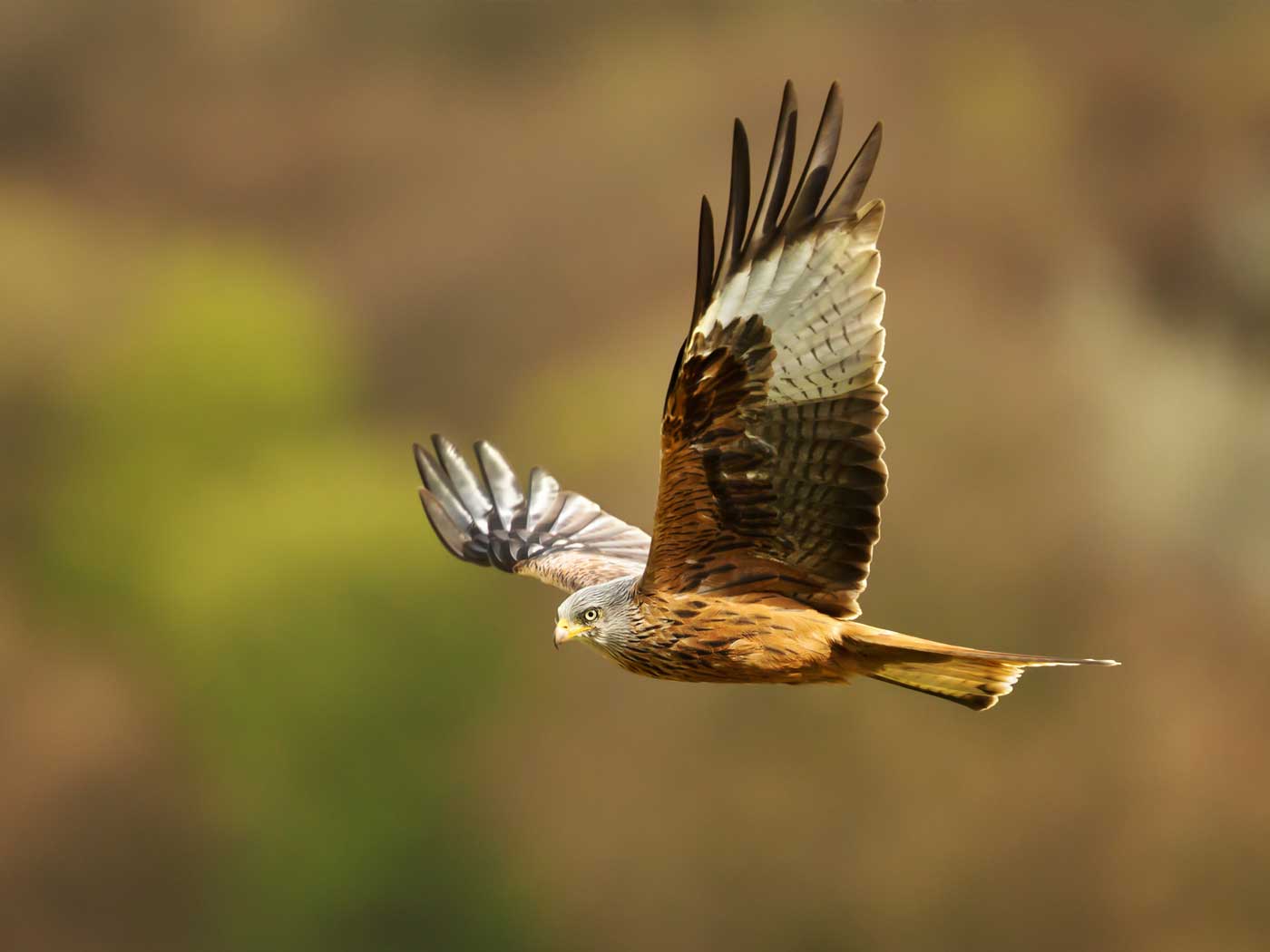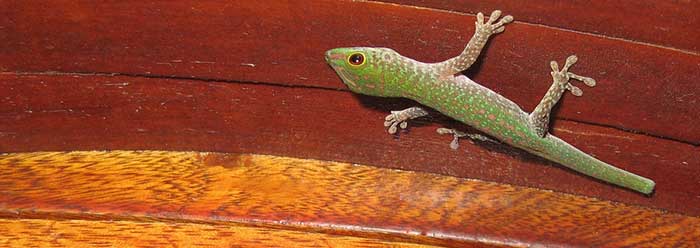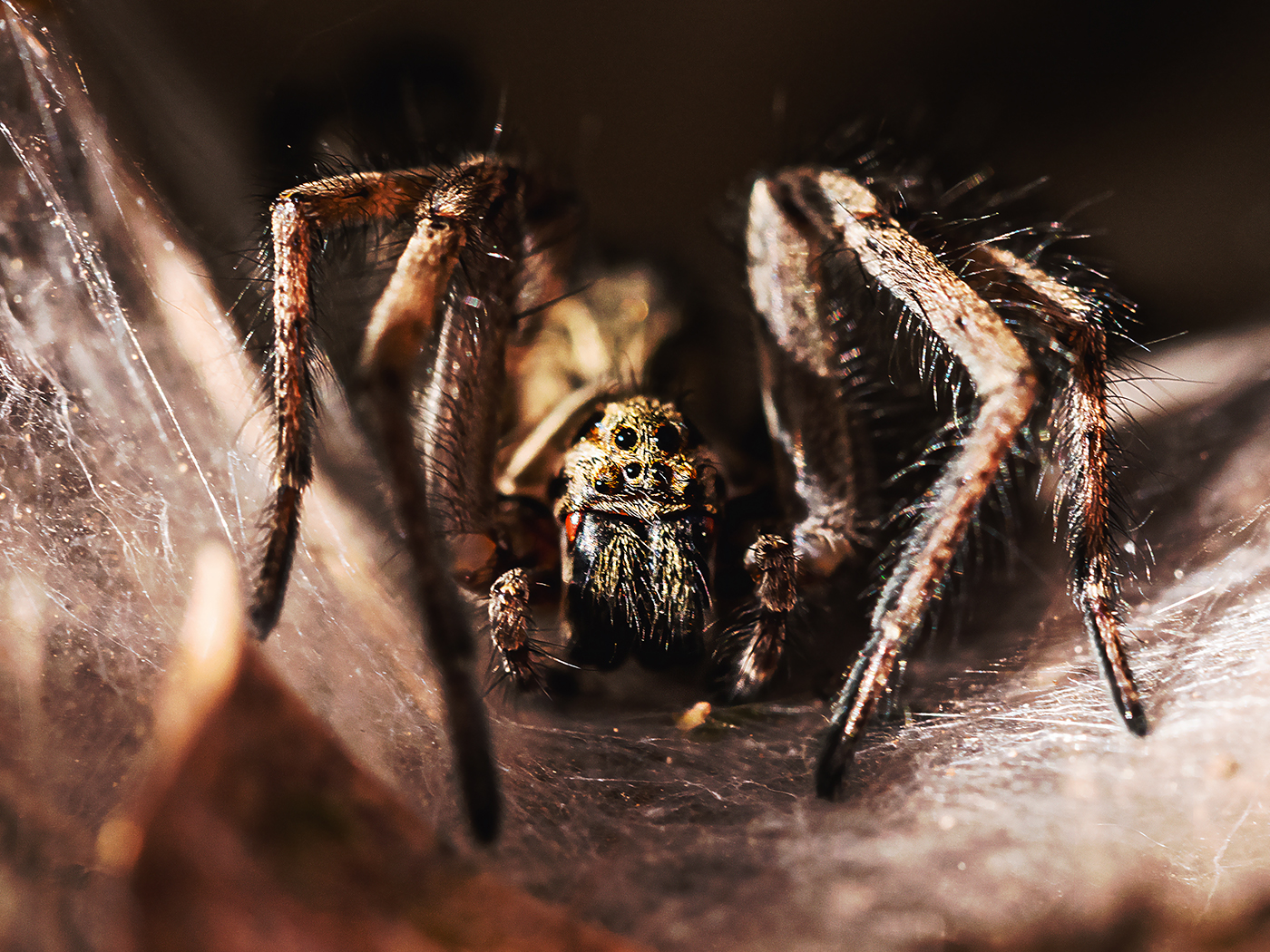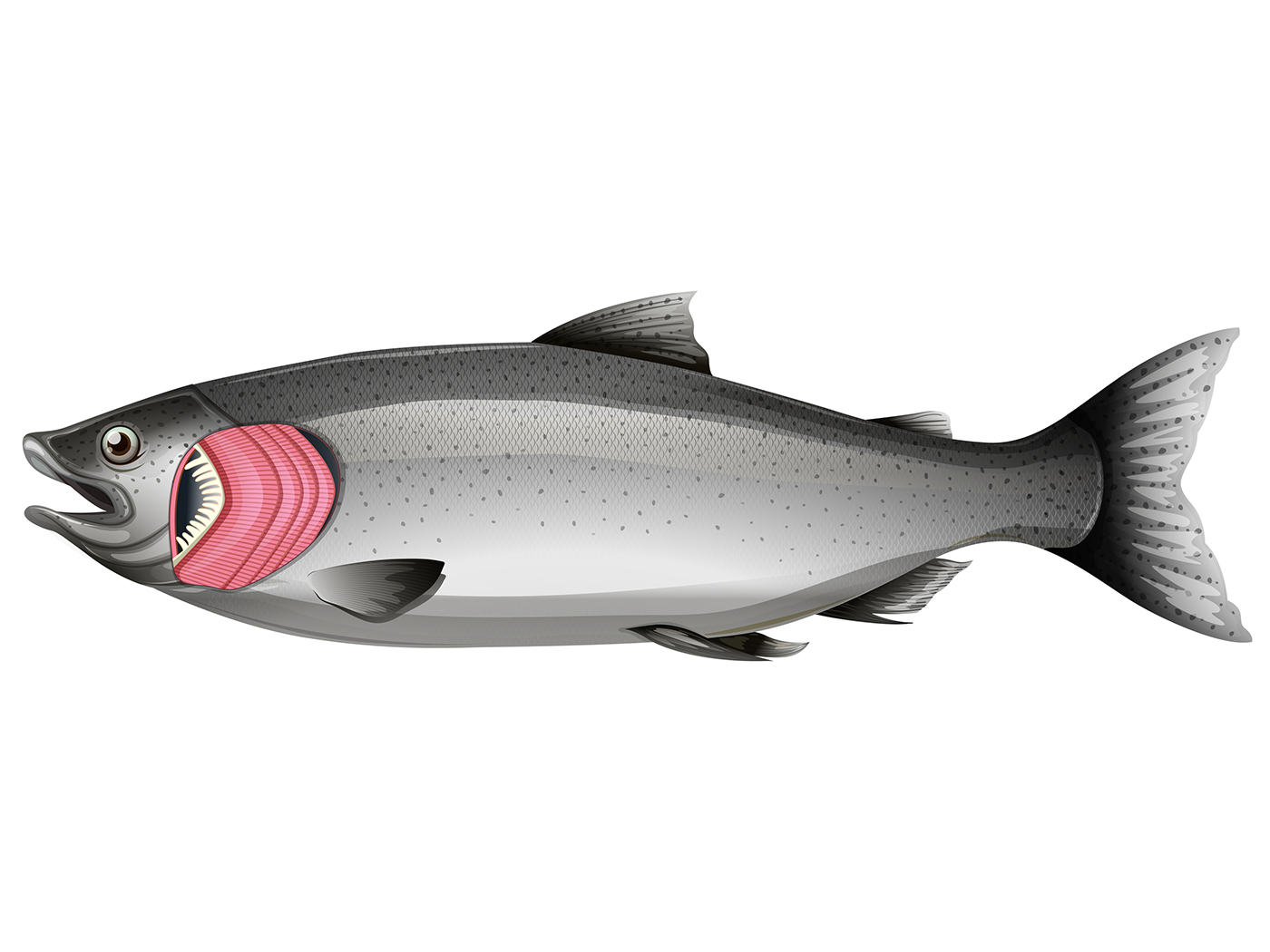The takeoff and flight of butterflies has long been derided by evolutionists as being an unstable and inefficient product of evolution. However, a new study has shown that the spectacular complexity and efficiency of butterfly wing design is an optimized system worthy of emulating in a new generation of flying robotic drones.1
Butterflies fluttering around a sunny garden grab our curiosity and fascinate us like no other creature. In fact, butterflies look like no other flying animal because they have such unusually broad and large wings relative to their small body size. Thus, secular scientists have been mystified as to how this specific type of flight could have come about. When evolutionary scientists first began to study butterfly wings, they claimed that they utilized unsteady aerodynamic mechanisms and that the upstroke of the wings, known as wing clap, was a particularly inefficient feature.
In this new study, which was considerably more high-tech than previous projects, scientists analyzed the wing action and aerodynamics of a type of butterfly called the silver-washed fritillary (Argynnis paphia). They used a technique called tomographic particle image velocimetry which measures the velocity of objects in three dimensions. They also applied a mechanical analysis called kinematics which defines the motion of an object without any reference to the forces which cause it. The data for these analyses was obtained by the high-speed filming of butterflies during take-off and flight in a specialized wind tunnel.
The results of the research were startling. Other free-flying creatures, including other types of insects, lack the unique type of mechanism observed, so the wing design of the butterfly was totally unexpected. During an upward stroke, the optimized design of the flexible wings produces a specialized cavity that creates an air-filled pocket. As the wings continue to compress, the air is forced out like a jet engine, propelling the butterfly forward. The downward wing stroke has yet another purpose: stabilizing the flight pattern and keeping the butterfly in the air. Not only does this mechanism allow for efficient flight, but it also allows for rapid takeoff when the butterfly needs to escape a predator.
When they compared their butterfly data to that of insects with more rigid wings, the researchers were able to demonstrate an increase in forceful impulse of more than 22% combined with an increase in overall efficiency of more than 28%. One must also consider that this boost in power and efficiency would also likely contribute to overall resilience. For example, the Monarch butterfly makes a lengthy migration across North America where it has been shown to fly 50 to 100 miles per day.
Needless to say, this fabulous wing engineering was immediately scrutinized for its potential to benefit mankind. The authors of the paper stated, “Furthermore, our findings could aid the design of man-made flapping drones, boosting propulsive performance.”1
However, as is the norm in secular research publications, no credit or glory was given to our mighty Creator, the Lord Jesus Christ, whose handiwork was clearly revealed. As the Bible says, “For since the creation of the world His invisible attributes are clearly seen, being understood by the things that are made, even His eternal power and Godhead, so that they are without excuse, because, although they knew God, they did not glorify Him as God, nor were thankful, but became futile in their thoughts, and their foolish hearts were darkened.”2
References
1. Johansson, L.C., and P. Henningsson. 2021. Butterflies fly using efficient propulsive clap mechanism owing to flexible wings. Journal of The Royal Society Interface. 18 (174): 20200854. DOI: 10.1098/rsif.2020.0854.
2. Romans 1:20.
*Dr. Tomkins is Director of Research at the Institute for Creation Research and earned his doctorate in genetics from Clemson University.
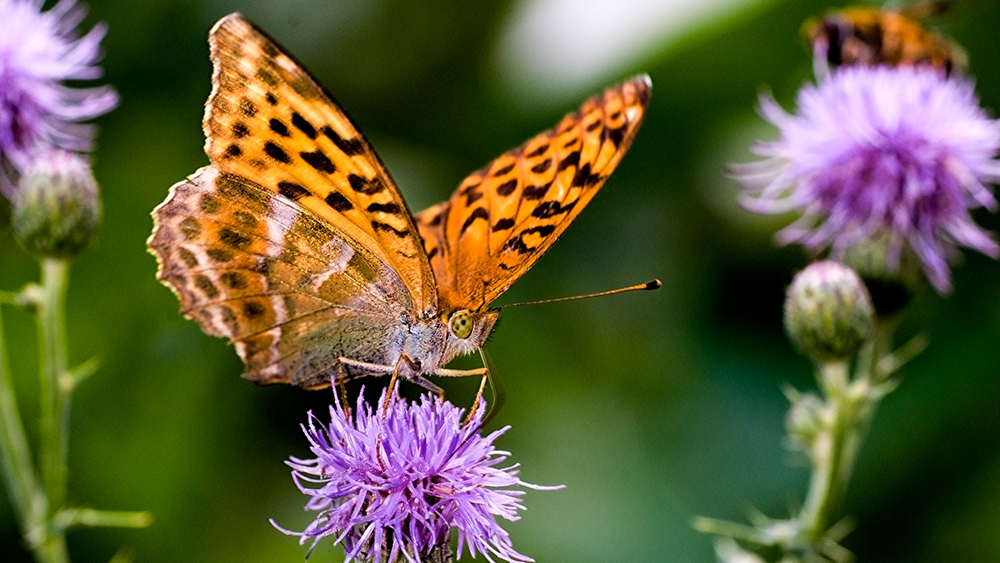
Butterfly Wing Design Repudiates Evolution
The Latest
Photosynthetic Proteins Power Plants
Some scientists think the photosynthetic process is all but figured out since the discovery of more details regarding the place, assembly, and function...
CREATION PODCAST
Uncovering the Secrets of Earth's Oceans | The Creation Podcast:...
The oceans cover most of our planet's surface. Uniformitarians claim the oceans are nearly 4 billion years old, but the evidence says otherwise.
Host...
A Giant Ichthyosaur: Largest Ever Marine Reptile?
Paleontologists have discovered portions of a giant ichthyosaur’s lower jawbone on Blue Anchor Beach at the southern entrance to the United Kingdom’s...
New Titanosaur Species Discovered in Uruguay and Argentina
The pre-Flood world had some truly massive dinosaurs, and the largest of them were in the group Sauropodomorpha.1 Within this group were...
May 2024 ICR Wallpaper
"Have I not commanded you? Be strong and of good courage; do not be afraid, nor be dismayed, for the LORD your God is with you wherever you...
Was a Key to Photosynthesis Evolution Discovered?
Northern Canadian lakes were the source of recently discovered unique photosynthetic bacteria of the phylum Chloroflexota. After years of culturing,...
CREATION PODCAST
Four Moons That Indicate a Young Universe | The Creation Podcast:...
Earth has one moon, but Jupiter has many! What can we learn from our celestial neighbor's satellites? Do they indicate youth?
Host...
Creation Kids: Seeds and Sprouts
by Renée Dusseau and Susan Windsor*
You're never too young to be a creation scientist and explore our Creator's world. Kids, discover...
APOLOGETICS
Christ’s Creativity in Canyon Critters
Grand Canyon animals display many marvelous traits and behaviors as they live life in that harsh habitat. These canyon creatures succeed thanks to the...




